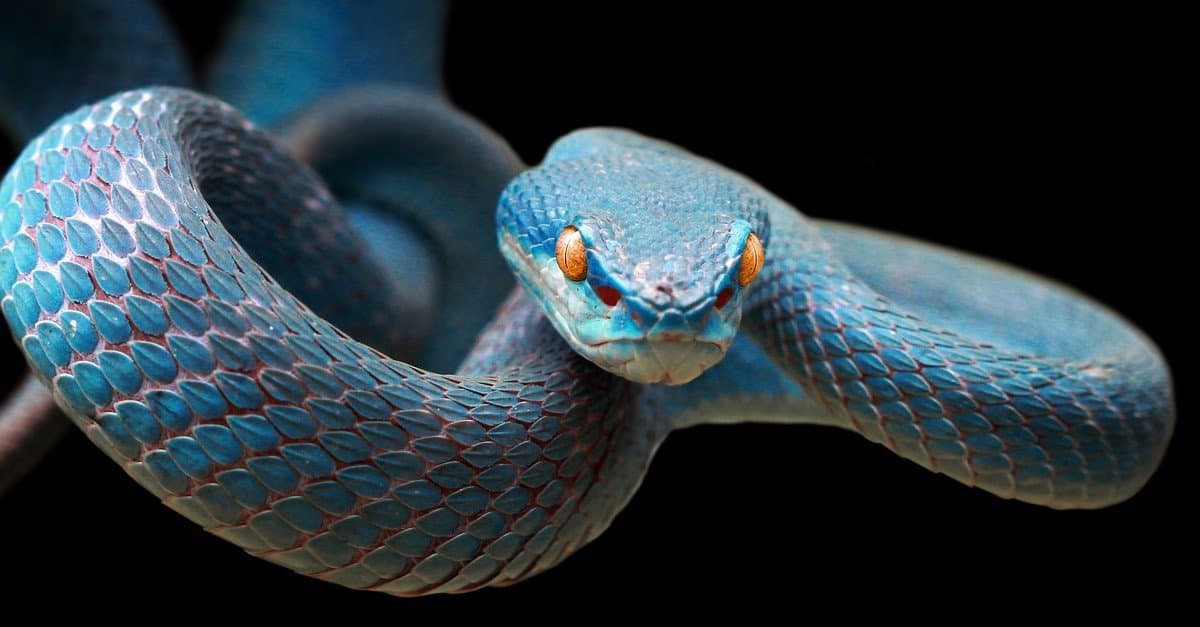Introduction
When it involves venomous serpents, Australia is home to some of one of the most interesting and harmful species worldwide. Among these, the Tiger Snake stands apart not only for its potent venom however likewise for its interesting actions. Comprehending the actions of poisonous snakes like the Tiger Snake is essential for both wildlife enthusiasts and those residing in areas where these snakes are present. This write-up explores numerous facets of Tiger Serpent actions, habitat, identification, safety measures, and emergency treatment techniques in instance of a snake bite.
Understanding the Behavior of Venomous Snakes Like the Tiger Snake
The Tiger Snake, scientifically referred to as Notechis scutatus, is well-known for its hostile nature when intimidated. These serpents display a variety of actions that can be rather various from their non-venomous equivalents.
Characteristics of Tiger Snakes
The Tiger Serpent is quickly recognizable as a result of its unique bands or stripes that appear like a tiger's markings. They can differ in shade from yellowish-brown to dark olive or black. This pigmentation offers not just as camouflage but likewise as a caution signal to potential predators.
Adaptability to Environment
One exceptional facet of their habits is their versatility to various atmospheres. Found mainly in coastal regions, marshes, and wetlands throughout Australia and Tasmania, they can flourish in varied environments including city areas.
Hunting Techniques
Tiger Serpents are ambush predators largely preying on fish, frogs, and little mammals. They possess keen sight and an intense feeling of odor which helps them in finding prey effectively.
Venom Composition
Their venom contains neurotoxins that influence the nervous system, causing paralysis or death in smaller pets. For people, immediate medical focus is critical after a tiger snake bite because of its possibly deadly effects.
Natural Habitat of Tiger Snakes
Preferred Locations
Understanding where these serpents live clarify their behavioral patterns. The tiger serpent habitat includes:
- Coastal regions Swamps Grasslands Urban areas with plentiful water sources
Seasonal Movements
During warmer months, Tiger Snakes are a lot more energetic as they indulge in sunshine or Click to find out more hunt for food. In contrast, cooler months see Behavior of venomous snakes them pulling away into hibernation sites.
Are Tiger Snakes Venomous?
Yes! The concern "are tiger snakes poisonous?" usually emerges amongst those unfamiliar with this species. Their venom is thought about one of the most dangerous among all snake species worldwide.
Symptoms of a Tiger Serpent Bite
If bitten by a tiger snake, signs and symptoms may include:
- Localized pain Swelling at the bite site Nausea and vomiting Sweating and confusion
Immediate clinical aid is crucial as untreated attacks can lead to severe wellness problems or even death.


First Help for Snake Bites: Quick Action Guide
Knowing how to provide first aid for a serpent bite could save someone's life. Here's what you must do:
Step 1: Stay Calm
Keeping tranquility aids decrease heart rate which reduces poison spread.
Step 2: Incapacitate the Impacted Area
Keep the influenced limb still and below heart level if possible.
Step 3: Call Emergency Situation Services
Always seek expert clinical help quickly after a serpent bite.
First Help for Snake Bite Set Essentials
A fully equipped snake bite first aid kit need to include:
- A compression bandage Antiseptic wipes A set of scissors An ice bag
Safety Precautions: Avoiding Snake Bites in Australia
Awareness Programs
Educating communities concerning neighborhood snake types and their behaviors can significantly reduce encounters bring about bites.
Avoiding Harmful Areas
Staying far from long turf during warmer months lessens contact with snakes that could be resting or hunting.
Common Misunderstandings Regarding Tiger Snakes
Many individuals What are the most venomous snakes in Australia think misconceptions about the actions of tiger snakes result in unneeded worry. Below are some information:

Myth 1: All Tigers Are Aggressive
Not all tiger snakes will certainly show hostility if left uninterrupted; numerous choose leaving instead of confrontation.
Myth 2: They Chase Humans
Tiger serpents do not proactively chase after humans; they might strike when they feel threatened however will generally retreat if given space.
Conservation Initiatives Connected to Poisonous Snakes
Conservation efforts focus on informing communities concerning protecting neighborhood wild animals while decreasing human-snake interactions.
Importance of Ecosystems
Understanding that venomous snakes play an important duty in keeping eco-friendly balance assists foster admiration instead of fear towards them.
FAQs Regarding Tiger Snakes
What needs to I do if I come across a tiger snake?- Maintain range and slowly retreat without abrupt movements.
- While attacks aren't exceptionally usual because of recognition initiatives, they still happen yearly within Australia.
- Baby tiger serpents can supply complete doses of venom in spite of being smaller; for this reason care is suggested around them.
- They mainly consume frogs, fish, little mammals like rodents, and various other reptiles.
- It's prohibited in most jurisdictions without correct licensing as a result of safety and security worries regarding their venom.
- Wear strong boots and remain on significant routes; look prior to placing hands or feet right into hidden rooms like rocks or logs.
Conclusion
Understanding the habits of poisonous snakes like the Tiger Snake not only enhances our understanding however likewise advertises safety recognition amongst those living near their habitats. From recognizing their characteristics, understanding first aid methods adhering to a bite, with engaging preservation initiatives-- every facet plays an essential duty in promoting coexistence with these interesting reptiles while valuing their place within our ecosystem.
As we strengthen our understanding via education and experience, we contribute favorably toward making sure both human safety and wild animals conservation-- profiting all parties involved!